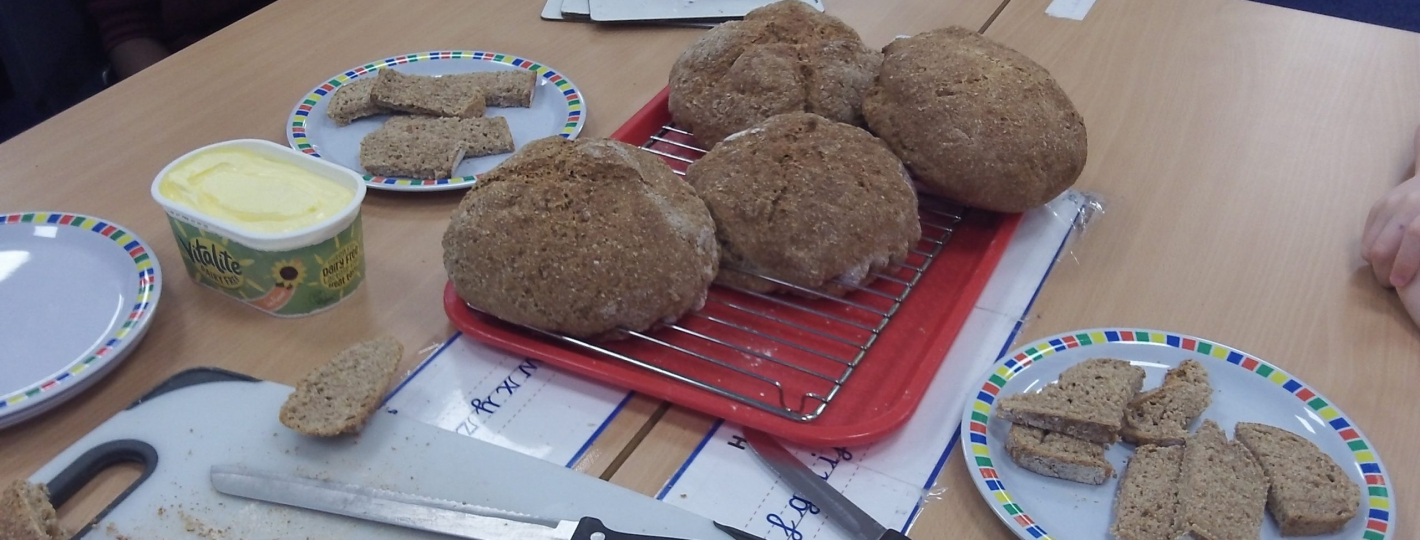Design Technology
Design technology at Savile Park is an exciting subject where children can use their creativity and imagination to solve ‘real’ problems and design and create ‘real’ products. As Design technology is an integral part of our day to day lives the learning opportunities reflect this to encourage and engage our next generation of designers and engineers.

In line with the national curriculum the children follow the Design, Make and evaluate process. This process encourages the children to look at existing products to explore, test and investigate how they work. Following this they will design and make their product thinking about the materials they will need and making adaptations as they work. Finally they will evaluate their product against the criteria, reflecting on the effectiveness of their product and whether it has met the needs.
Alongside the design process the children will engage in developing their technical knowledge by thinking about how a structure could be made stronger or exploring how different mechanisms could be included in their product.
At Savile Park the children engage in a balanced variety of Design Technology projects based around textiles, cooking, building structures and the mechanics of moving mechanisms and axels.

Early Years Foundation Stage
Design technology in the early years focusses on developing an already inquisitive mind. Construction areas, playdough tables, junk modelling and many cooking opportunities provide a DT rich environment for our youngest children. They are encouraged to talk about what they have made and explain how they have made their models.
Through these opportunities the children develop their knowledge and understanding of the design process which supports them as they progress into Key Stage 1.
Key Stage One
In Key Stage 1, children access Design and Technology through designing purposeful, functional and appealing products based on a set design. They select and use a range of tools and materials according to their characteristics. They then explore existing products and discuss their own ideas against these. They broaden their ‘technical knowledge’ when these projects are linked to science based topics where children can explore how their designs could be made stronger or more stable by the use of various mechanisms (levers, wheels, axels etc).
Key Stage Two

As the children progress into Key Stage 2, they are given more time to research and develop their own design to make sure their products are fit for purpose. The tools and materials they have access to become wider and more varied in purpose. We develop their understanding of how key events and individuals in design and technology helped shape the world.
How can I support my child with Design Technology?
The best way to support your child with any aspect of Design Technology is to enjoy using technology with them and model the safe and responsible use of it. Here are five ideas:
Have Fun
Help your child get hands-on, boost their confidence and have fun (and make mess!) with materials at home.
Recycle
Home offers lots of opportunities to make something out of nothing! Recycle old clothes in a fun and unique way from making a bag from an old T-shirt, your child will have lots of fun doing these textile-based activities while using old clothes for purposeful tasks.
Help them design and make models
Explain to your child that they are going to build using boxes and other materials. First though, they need to design the model. Explain that before a model can be built, you can draw what is to be built. Let them draw then build their design. (If they’re using cereal boxes, turn them inside out if they want to paint them, that way the paint will stick.) Afterwards ask them what they like or dislike about the end result.
Start cooking
Think about food, choose a recipe to use – there are lots online. Prior to cooking discuss what your child needs to do (tie long hair back, wash hands, put on an apron). Then talk about what you’re going to make, explaining why it’s a healthy choice for breakfast or dessert. Look through the recipe together, modelling the reading carefully for your child before you follow each instruction. Afterwards discuss what cooking skills they’ve used (stirring, squishing, breaking, greasing, etc). Eat, enjoy and discuss what has worked or not in the recipe, or what changes you might make to personalise it for your family.
Safety with cutting and chopping skills
Cutting Practice. Cut paper with scissors to improve motor skills, coordination and develop small muscles. Chopping using a small knife – children should learn how to form their hand into a claw to keep fingertips out of danger.

